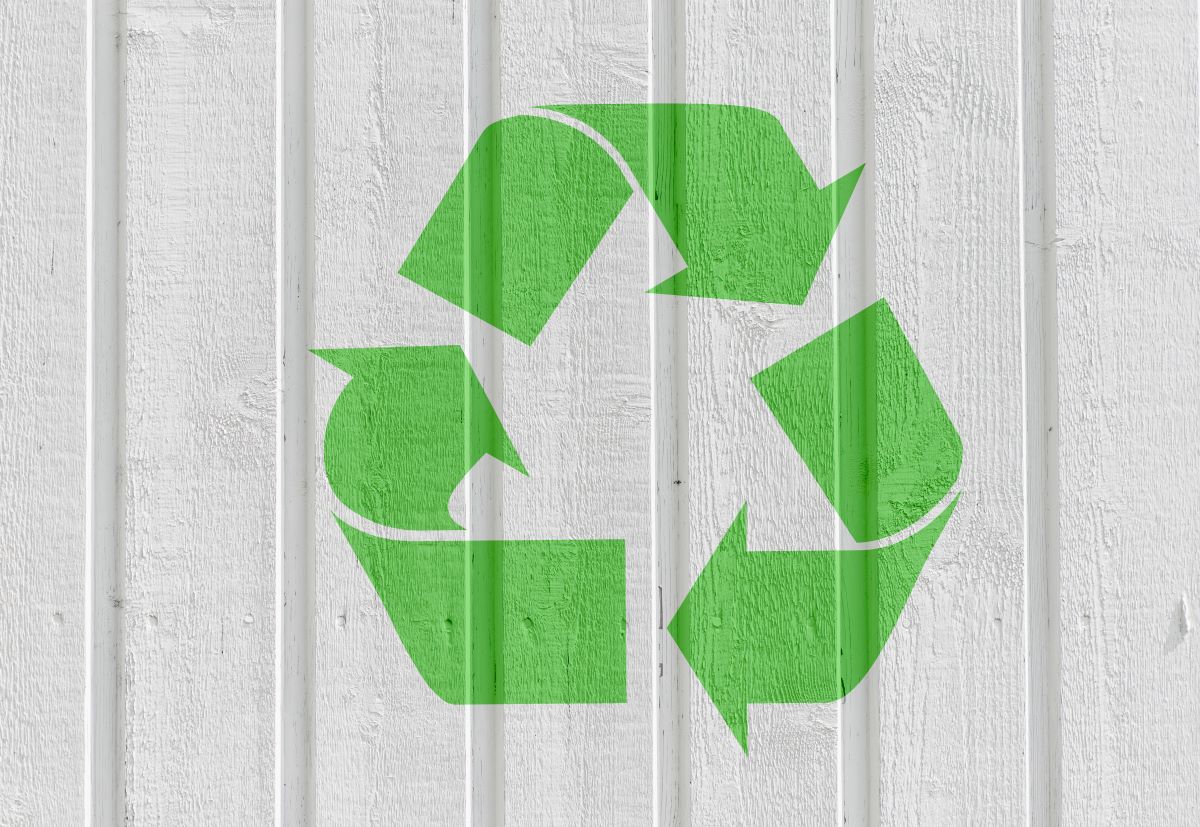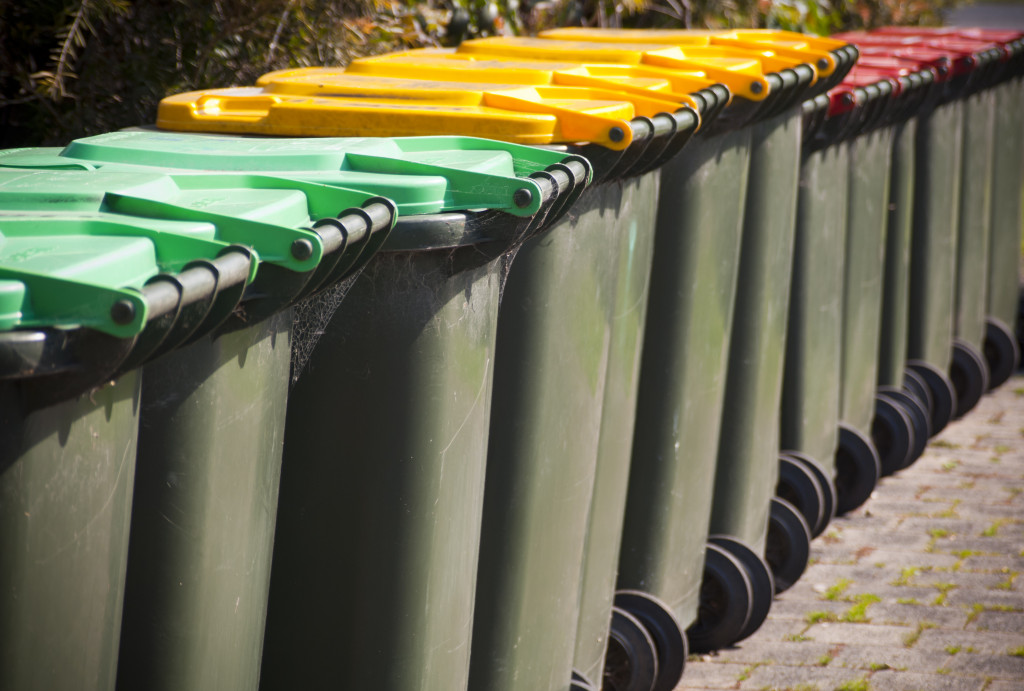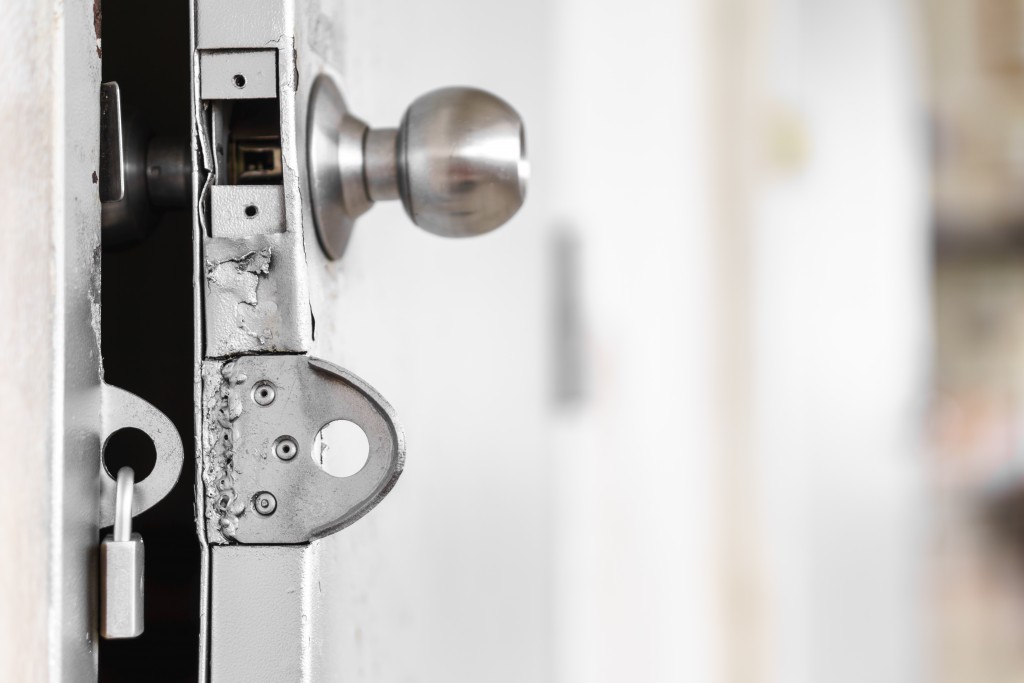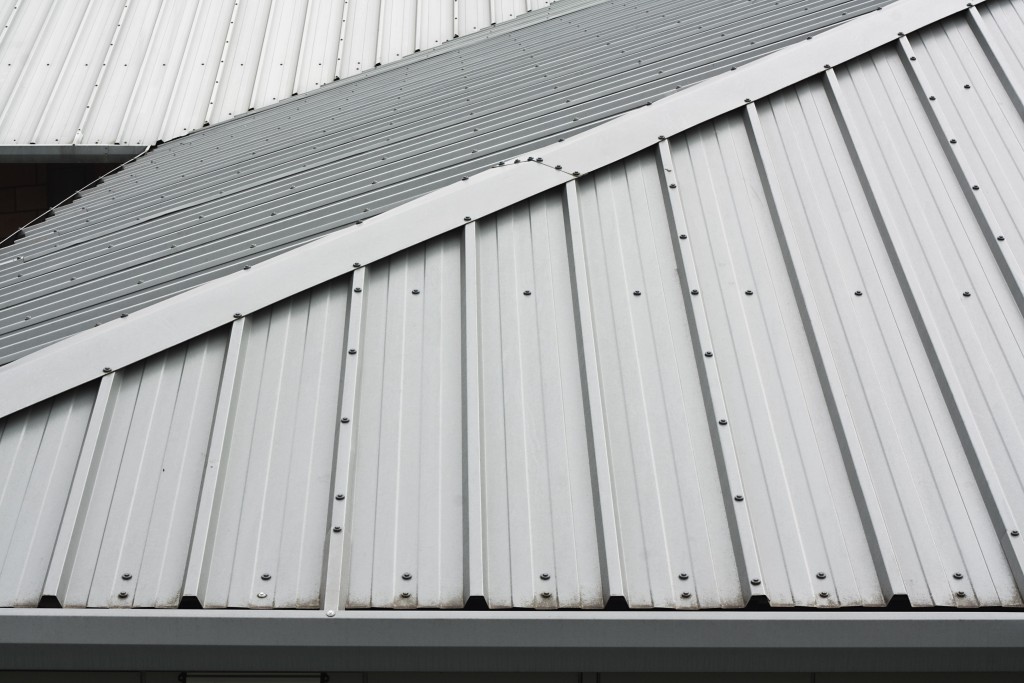The world is filled with so much waste. This waste comes from the food industry, the industrial and manufacturing plants, and all the other factories that are there to appease human consumption. Long story short, there is so much waste in the world because of humans.
Across the globe, there is more waste than what the waste management bodies can dispose of properly, and it is affecting the environment. There are tons of plastic polluting the seas and harming marine life; forests are being cut down either to be commercialized or used for furniture and structures.
And open lands are being turned into dumpsites and landfills because the waste has nowhere else to go. Sooner or later, people will be walking on roads built on waste and breathing in the fumes from incinerator exhausts after burning waste that can’t be placed in landfills.
It’s not too late to try to put a stop to this. Contrary to popular belief, there is still something you can do to help Mother Nature and somehow reduce the damage being done to the environment. You can do this by segregating your waste at home and hope that everyone else follows suit.
Biodegradable Waste
Fruits, vegetables, food, flowers, leaves, and other organic materials are all the biodegradable waste that needs to be separated from your other waste at home. Organic waste can attract insects, have mold, and decompose over time.
One of the best ways to handle biodegradable and organic waste is to use it as compost. You can create a compost pit at home where you place all your fruit peelings, vegetable scraps, garden trimmings, and food waste so that they can act as fertilizer for your yard.
Biodegradable waste can be hard to separate from other waste because it can take time and can be hazardous to the health of garbage collectors. So instead of going through all that trouble of segregation, the waste will be sent towards landfills or incinerators, which are both bad for the environment.
That is why it’s essential to segregate at the source because you will be helping your community in the process. There are plenty of tutorials online where you can learn about creating your own composting system, so use those to start your green journey.
Recyclable Waste

This includes paper, cardboard, plastic, glass, and metal waste that you no longer need. These are the water bottles, soda cans, and glass canisters that clutter up your kitchen. Recyclable waste is those that can be used for another purpose other than the original intention.
These items can all be recycled and repurposed to build another item or be used as an alternative to other items that you would otherwise buy. You can also find recycling initiatives that collect materials from donations to use in building usable everyday items such as bags, shoes, or even homes.
For instance, if you collect all your plastic waste and stuff them into used bottles, you’re helping remove the plastic that would otherwise be placed in landfills or polluting the oceans. The resulting products are called “ecobricks,” and they are used to build modules, gardens, furniture, and other structures.
Ecobricks are reusable building blocks that can replace hollow blocks during construction. That’s why the bottles need to be filled with plastic wrappers tightly up to the brim so that they can support the weight in assembly.
Non-biodegradable Waste
Basically, non-biodegradable waste here refers to all the other dry waste that can no longer be recycled. These are items that can be hazardous to the health or impossible to dispose of at home, and so they are collected curbside before being delivered to waste management facilities.
All the waste that can’t be turned into compost or repurposed to create another item goes through a commercial compactor, where the waste is reduced to a fraction of its original size. The resulting products are then disposed of in landfills so that they won’t take up unnecessary space.
Compacted waste is a better alternative to dumpsites because the latter poses many threats to the health and wellness of those in the surrounding areas. It can help preserve the valuable airspace and extend the life span of landfills through this process.
Segregating isn’t that difficult to do. In fact, it’s just an additional measure that you take before throwing out your waste at home. So instead of mindlessly placing all your waste in one bin, you can take the time to mind what waste goes into the appropriate bins.
You can also encourage your neighbors to segregate their waste at home, which can further spread out throughout your community. This initiative can positively impact the environment and the organizations that manage your community’s waste products.




